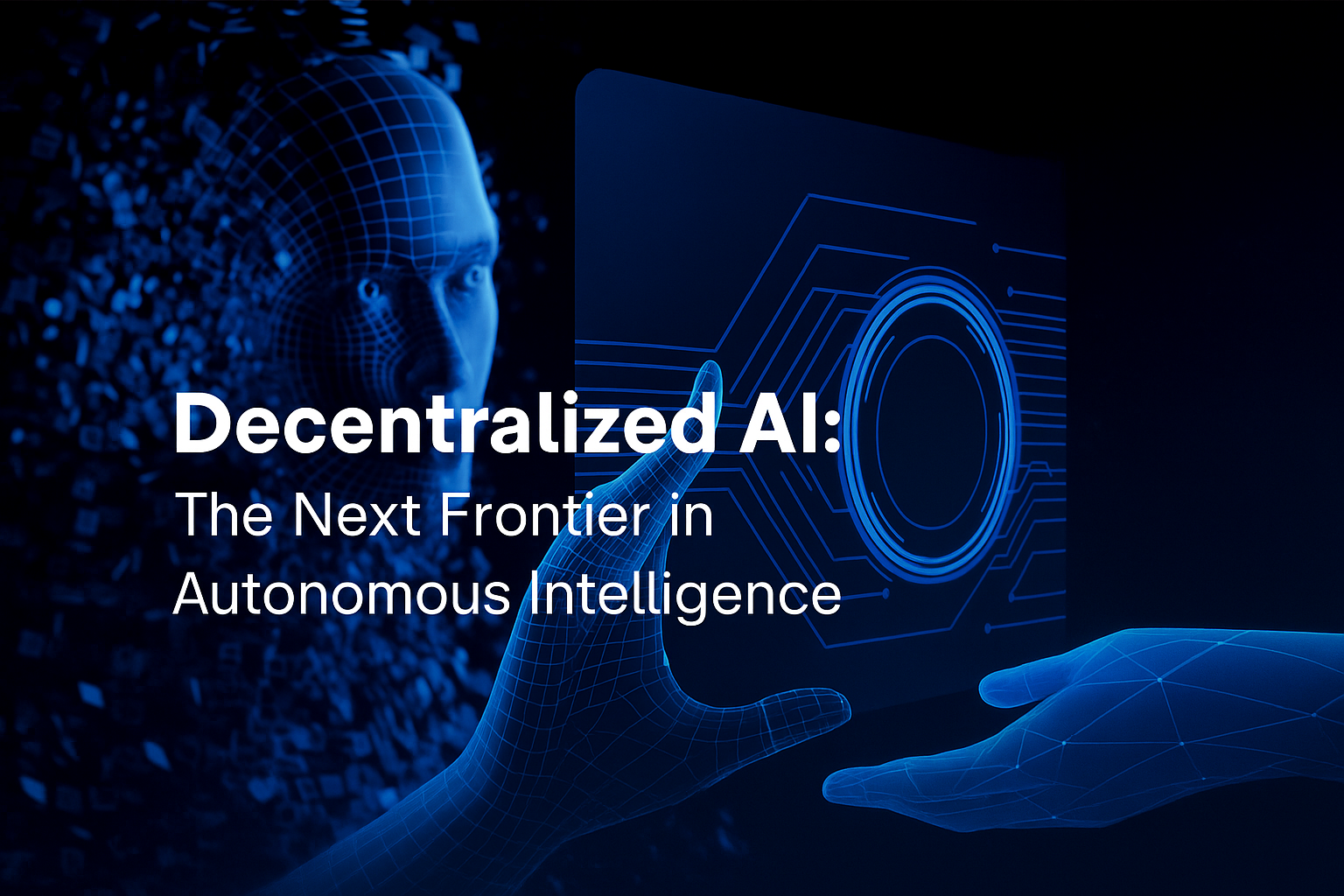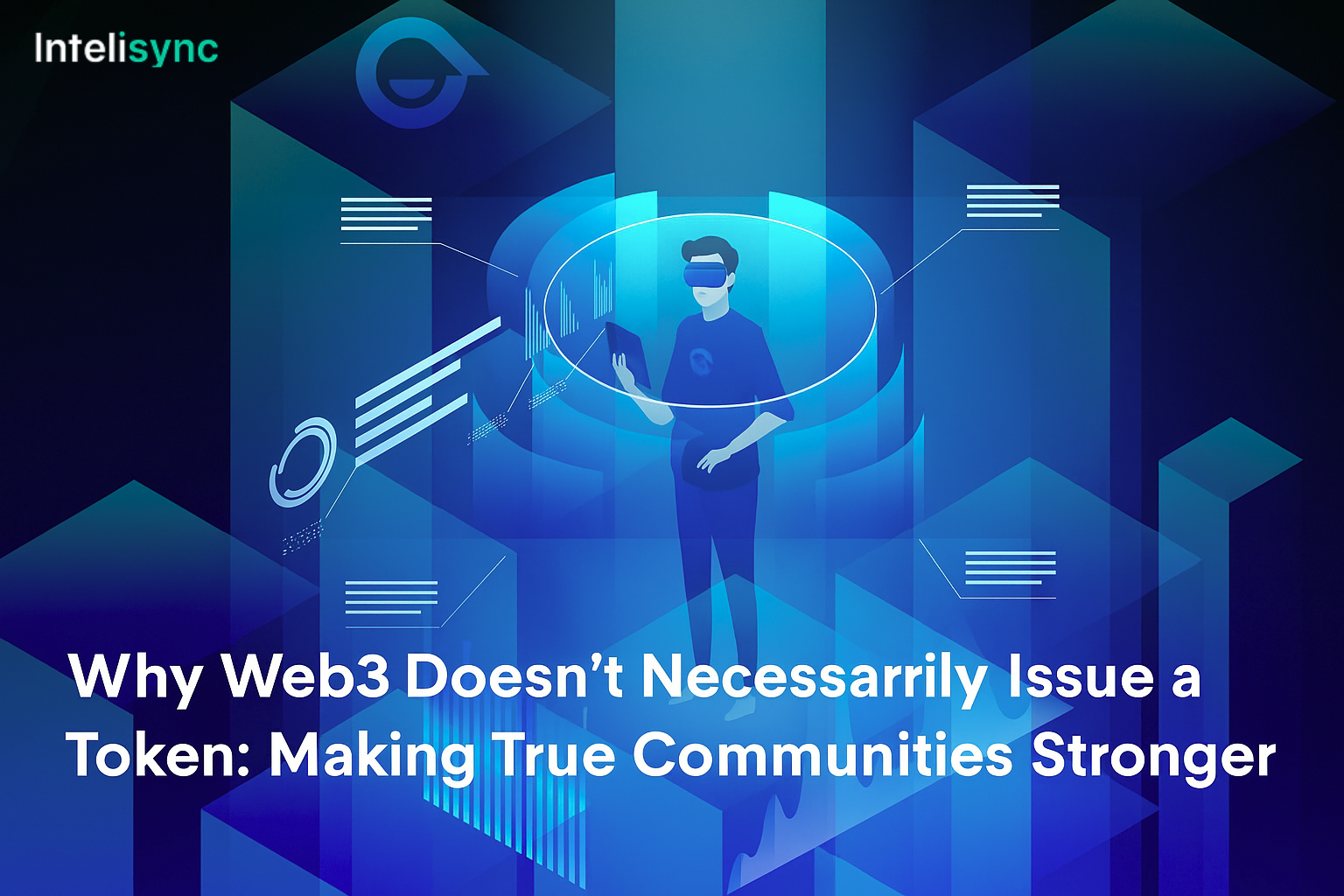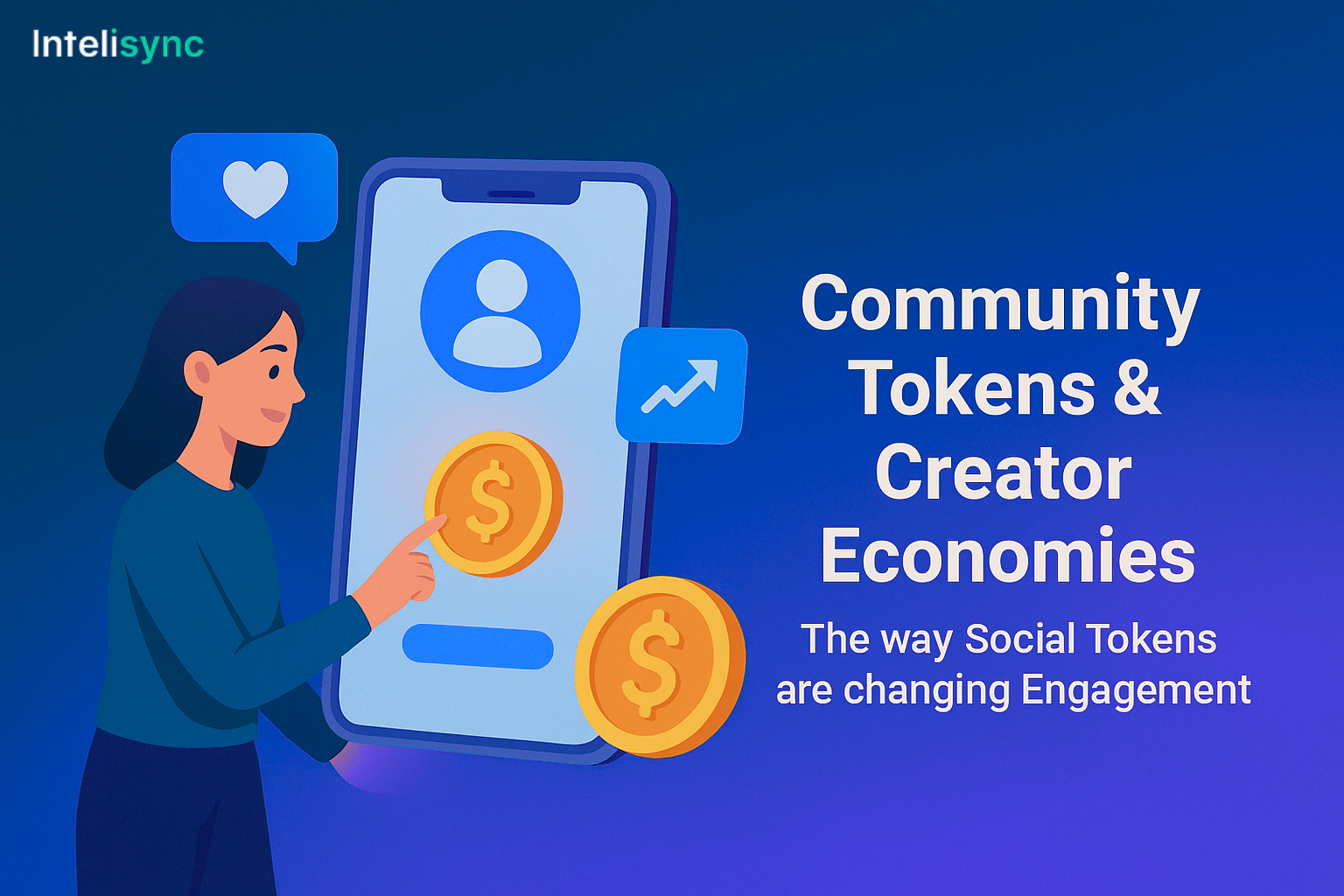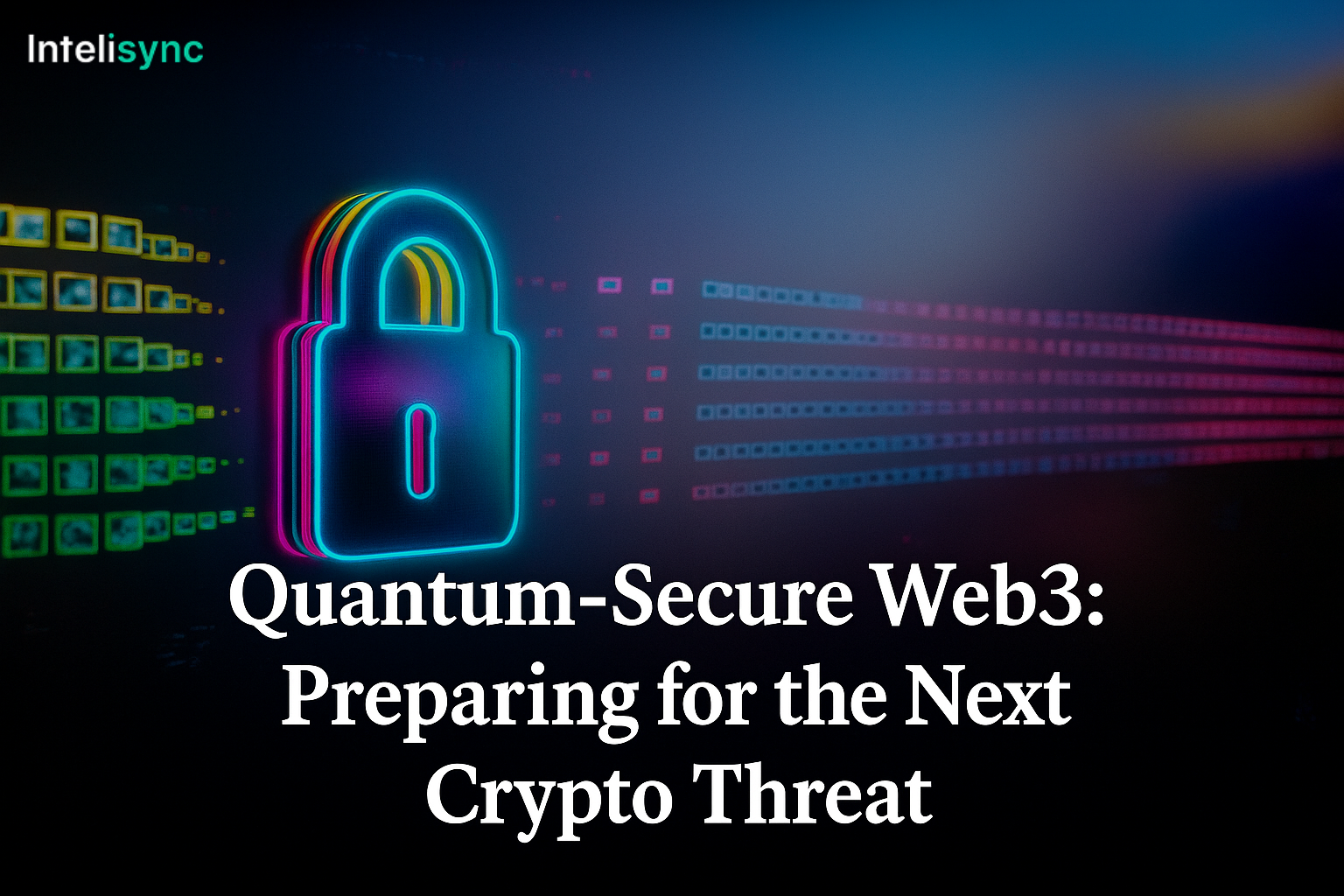Decentralized AI is changing the online world, and something promising is developing beneath all the hype. When Web3 and blockchain promised us user control and transparency, and AI offered strong pattern recognition and reasoning, the merging of these areas is leading to something significant. This is autonomous intelligence that is distributed, democratic, and owned by the many, not just a few.
Let’s explore what decentralized AI really means, why it matters, and how it could shape the next phase of digital growth.
What Is Decentralized AI And Why Does It Matter?
For many years, artificial intelligence (AI) has paradoxically remained in the hands of a small group of companies. The information that gets fed into these models is typically hidden away, the models themselves are constructed and fine-tuned in secret, and only a chosen few actually know how or why they make a prediction.
Decentralized AI flips this script entirely. In a decentralized AI system, the training, deployment, usage, and even improvement of machine learning models is spread across a network, not owned or controlled by a single company or server. Think of it like Wikipedia for artificial intelligence: anyone can contribute, validate, or benefit—whether you’re a developer, user, or business.
Why is this revolutionary?
Democratization: There is no one organization that possesses the AI “keys to the kingdom.” Everyone can join, audit, and benefit.
Transparency: Code, data sources, and learning procedures are open for inspection by all.
Resilience: Since there is no single point of failure, decentralized AI systems are inherently more resilient and censorship-resistant.
Collective Intelligence: By combining inputs, views, and expertise from across the globe, decentralized AI is able to mirror a truer, more balanced image of knowledge.
How Does Decentralized AI Really Work?
The magic happens by combining blockchain (for trust and agreement) with distributed computing (for computation and cooperation).
Open Training: AI models learn from information shared by a worldwide network. Individuals or groups input real-world information, assuring its quality on-chain.
Distributed Compute: Rather than renting a single company’s server farm, decentralized AI leverages idle computing power on thousands—sometimes millions—of nodes owned by participants.
On-Chain Governance: Fundamental alterations or improvements to a model—what to include in the data, or what for an algorithm should be optimizing—are determined through open, token-based voting. This implies communities dictate the path, not clandestine boardrooms.
Proof and Auditability: Each action, from data submission to model deployment, is recorded publicly on a blockchain. This protects against tampering, inadvertent bias introduction, or surreptitious abuse.
Initiatives such as Fetch.ai, Gensyn, and Ocean Protocol are merely scratching the surface—indicating what occurs when you let loose AI in an entirely permissionless, open environment.
Why Is This the “Next Frontier” in Autonomous Intelligence?
Though today’s AI is already disrupting industries, it’s still limited by centralization. What if…
A small farmer in rural India could co-own, authenticate, and value an AI weather model for just their area?
A worldwide community might work together to construct and curate an ever-improving medical AI, rewarding every contributor and making all decisions traceable?
Hackers, whistleblowers, or even artists and musicians might collaborate on their work, training diverse, non-corporate AIs—then divvying up the value equitably?
Decentralizing unlocks local intelligence, global cooperation, and true user agency. Such models can improve themselves, adapt rapidly, and stay secure—changing according to what communities need, not what is best for ad clicks or money.
Real-World Implications: Why You Should Care
- Trust and Ethics, Built-In
When anyone can look at or even influence the algorithm, things become much more ethical, in a hurry. Biases are detected early, consent is honored, and users are able to observe (or dispute) how decisions are reached.
- Safety and Censorship Resistance
No one entity can censor, take down, or bribe a decentralized AI. That benefits free speech, research in sensitive domains, and innovation across the board.
- A New Internet Economy
Imagine earning tokens by offering your data (anonymously), your computing power, or your expertise. Now, you’re not just being “used” by AI—you are powering it and getting tangible value back.
- Innovation at Lightning Speed
With open participation, decentralized AI evolves faster, adapts to more edge cases, and learns from the broadest range of scenarios imaginable.
The Future: New Challenges, But Limitless Promise
Obviously, decentralized AI is not a free pass to utopia. There are still issues: maintaining privacy, dealing with governance gridlock, excluding bad actors, and creating interfaces that are easy for ordinary people. Ensuring the models don’t spit out toxic or deadly output without top-down censorship is a balancing act of a different sort.
But as we’ve seen with open source, Wikipedia, and public blockchains, the power of the crowd to “govern” and innovate can rival and often surpass closed, centralized systems.
Final Thoughts
Decentralized AI is more than the sum of its parts. It’s a vision for a world where intelligence digital and human grows together. Where control is shared, transparency is the norm, and everyone has a stake in shaping how technology impacts our future.
As this next frontier in autonomous intelligence unfolds, it’s not just about smarter machines it’s about more empowered people. And in the long run, that’s the true revolution.
If you’re curious what this looks like for your business, your data, or your everyday internet experience, now is the time to explore, experiment, and get involved. Because in the world of decentralized AI, the future belongs to all of us.







